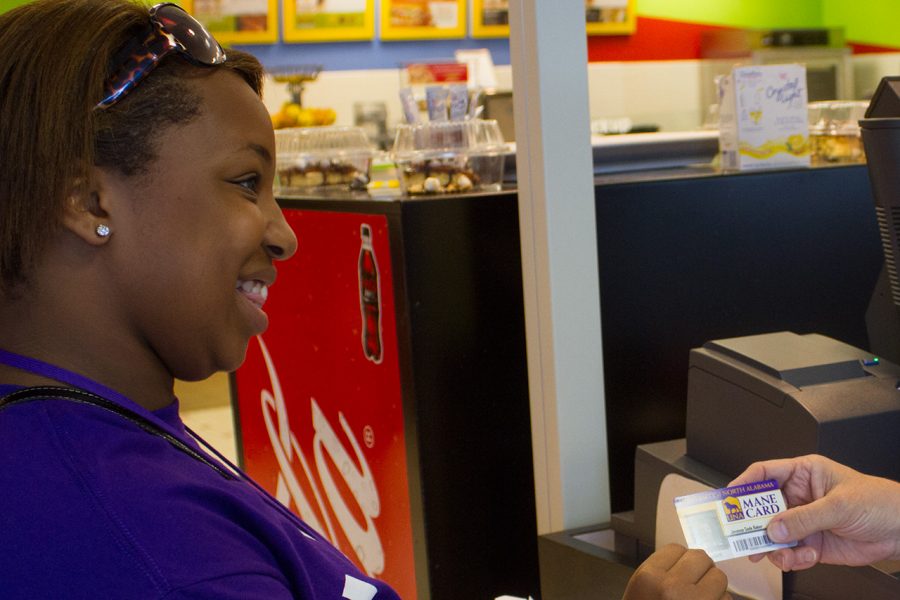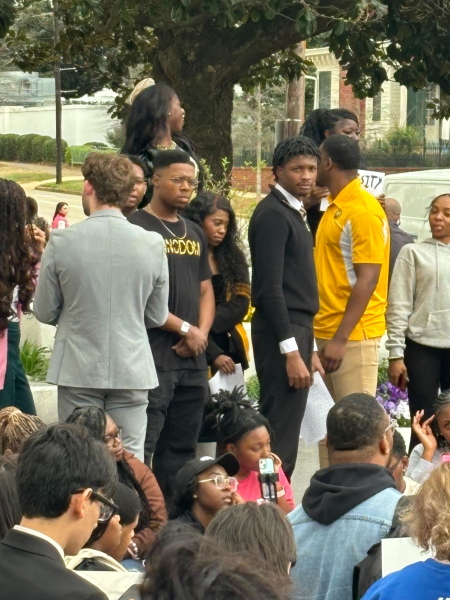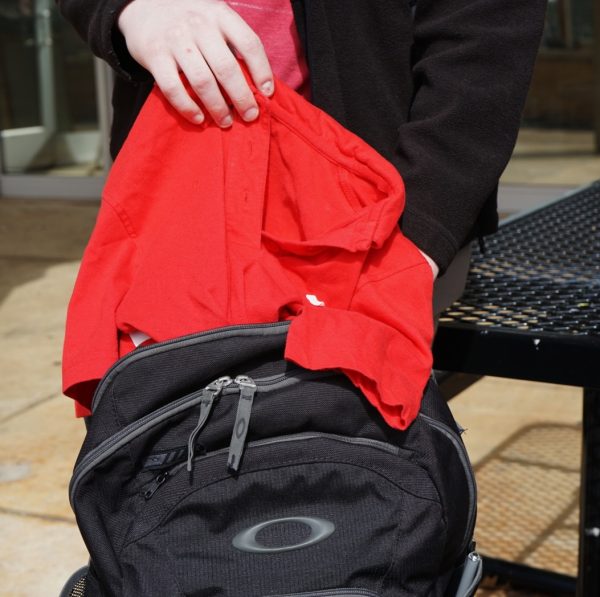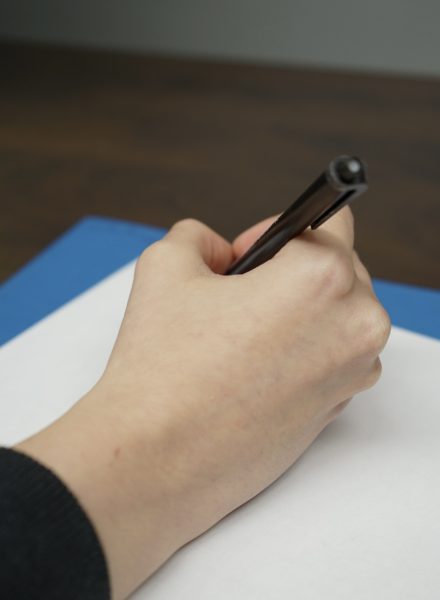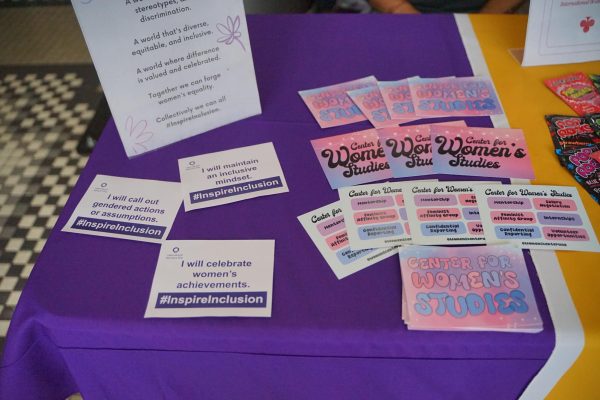For some, student IDs double as debit cards
August 29, 2012
For many students, college means being away from home for the first time. Along with this newfound independence comes more financial responsibilities, such as monthly bills and debit or credit cards.
Many students will turn to debit cards or credit cards as a means to pay for much needed college expenses. While most debit cards are separate from student ID cards, many universities—like Arizona State University—have begun to partner with banks to provide student ID cards that double as debit cards.
According to a recent study done by the U.S. Public Interest Research Group (U.S. PIRG), nearly 900 universities have partnered with financial institutions. Thirty-two of the 50 largest public universities now have contracts with banks to provide debit cards or prepaid cards.
While a bank partnership with UNA could be convenient for some students, others, who already have existing bank accounts and debit cards, don’t see a need for a university-bank partnership.
“I don’t see why it’s a bad idea, but I’d never use it because I already have a debit card,” said UNA freshman Skyler South.
Many banks, such as Wells Fargo and MidFirst, offer student ID cards that double as debit cards, linking the university student ID card to a checking account based with that bank. Other banks—such as Regions and SunTrust—offer special checking accounts for students with tips for account management.
It is unclear if UNA will partner with a financial institution in the future, but there are those, like UNA Mane Card office manager Karen Kennedy, who believe UNA should choose wisely if it was to partner with a bank.
“I think it’d be beneficial, depending on the banking relationship,” Kennedy said. “Different banks have different agreements. Some banks will allow students to go into the negative to charge in overdraft fees, and that shouldn’t be supported.”
Some financial institutions—such as Listerhill Credit Union—will offer overdraft forgiveness for a certain number of overdrafts. However, making too many overdrafts is detrimental to credit and can harm students later on.
According to the U.S. PIRG study, many university agreements subjected students to potentially high fees, such as ATM fees and overdraft fees.
Other agreements give universities the impression they endorse the bank because they are required to market the program.
UNA offers the option to add money to student ID cards for small money emergencies on campus, and students can open a checking account with Listerhill Credit Union, located in the GUC.
Regardless of a university-bank agreement, students always need to look carefully at banking options, and choose the bank or credit union that best suits their individual financial needs, Kennedy said.


